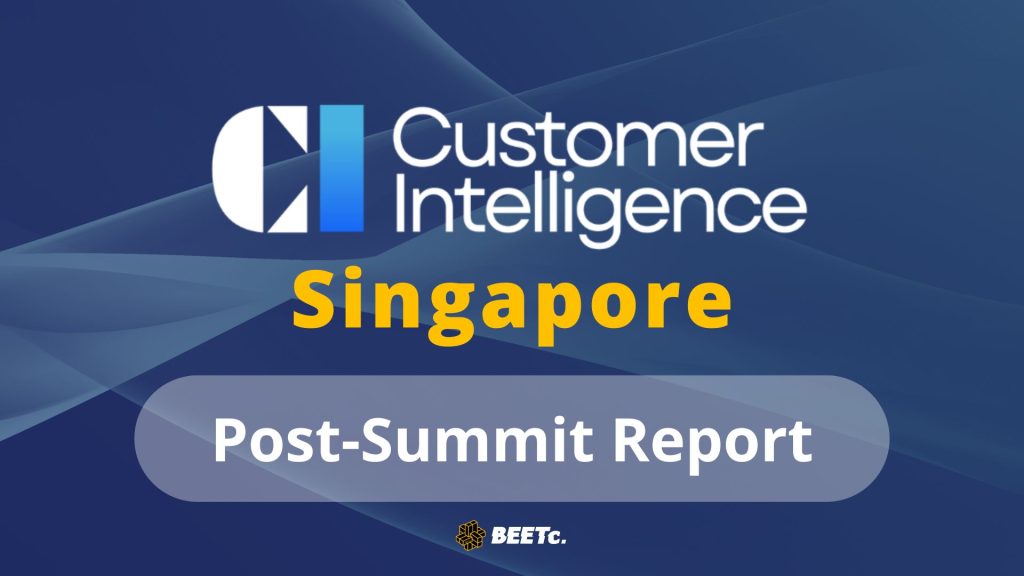How has your organisation / team dealt with the challenge of the marketing industry and wider digital world evolving at such a fast pace?
Marketing is now much more measurable, and there is a great shift towards online marketing. The speed at which the online marketing playing field evolves is a double-edged sword. While on one hand it keeps us on our toes as we need to keep in touch with new platforms and solutions, it also gives us more flexibility to test out new initiatives and new creatives, and adapt our marketing tactics on the go, especially since the results of online marketing are quantifiable and we can be quite targeted in our marketing efforts. We typically try out new platforms and solutions on a small-scale pilot before rolling out fully. For instance, 2 years ago, we started to expand our online marketing efforts to languages beyond English, such as Mandarin, Japanese and Korean, to target our key source markets. As the pilots that we ran proved successful, we have continued to run campaigns in these secondary languages, be it on SEM or programmatic advertising. From a brand perspective, we also leverage on technology to enhance our product offering. For instance at our lyf coliving properties, we have occupancy sensors in place for energy management, and a lyf by Ascott app to ease the check in process for guests and access their mobile key, and allow them to keep in touch with the latest weekly events and happenings at lyf.
Currently, what are you primarily looking for in your digital marketing efforts? Awareness or engagement? Why?
I’m currently focused on growing our coliving brand lyf, as I’ve pivoted away from my previous role overseeing brand & marketing for all our Ascott brands. lyf is a relatively new-to-market brand, and the coliving segment that we operate in is also relatively nascent in markets like Asia. As such, I would say that we split our digital marketing efforts and budget about 50-50 between awareness and tactical campaigns. As the target audience for lyf is millennial and millennial-minded, we are very active on social media, and we’ve designed our lyf coliving properties to be very instagrammable – check-out the hamster wheel at lyf Funan Singapore, our first operational property. Ultimately, regardless of the marketing efforts employed, the product has to speak for itself and appeal to the target audience, in order to have a captive audience that converts into bookings and loyalty. The combination of a unique product and our digital marketing efforts has helped us to drive a significantly higher rate of direct website and app bookings for lyf, as compared to other brands under the Ascott portfolio.
What is your key takeaway piece of advice that you would give when speaking to others on how to evaluate and select a MarTech stack?
Always dive deeper into the proposed solutions to understand the types of integration required, ask for stats and case studies. The devil is in the details. If the initial feasibility assessment checks out, be prepared to Fail Fast, Quick and Cheap. Don’t be afraid to pilot new solutions, but make sure that there are clear objectives and measurables being tracked. If the pilots work out, that helps you justify further investment in the product. If they don’t, move on and at least you learnt what doesn’t work for you. It is important to have a good enterprise data foundation in place as customer data insights are key to determining our marketing strategies.
How did your MarTech journey begin? Please let us know your top 3 findings and discoveries.
I started up the Innovation department in The Ascott Limited 5 years ago, and moved on to head up the Brand and Marketing department in Ascott for the past 2 years. So in a way, having come from an innovation, design thinking and technology background, I would say I’m an atypical profile for marketing, but it also gave me a unique perspective in our marking strategies as I’m very driven by stats, numbers and the spirit of testing out new solutions. That said, there are some initiatives where you just have to take a big leap of faith, instead of testing waters with a pilot first. For instance, two of the key initiatives I launched in my 2 year tenure at Ascott’s Brand and Marketing department were a relaunch/redesign of our brand websites, including a new booking journey that reduced booking steps from 6 to 3 steps, and the launch of Ascott’s loyalty programme, the Ascott Star Rewards. Of course, we did do user surveys, competitor studies and financial projections, but it did take some gumption to launch these projects. We’ve more than doubled the revenue booked through our brand websites, and achieved 1 million loyalty programme members since launching the new websites and loyalty programme in April this year.
For you and your team, which is currently recognised as the larger challenge – MarTech integration or MarTech strategy?
I would say MarTech integration is more challenging, especially as the IT landscape in the hospitality landscape can be quite complex with a range of underlying systems that marketing solutions need to integrate with, such as our customer relationship management system, central reservation system and property management system. We are also constantly working on improvements to our lyf by Ascott app and website as that is a key part of our MarTech stack.
Have you mainly chosen to adopt established MarTech or have you also looked into the emerging opportunities? Which?
We keep an open mind, and work with a mix of established MarTech providers and start-ups. We have an established tech team at our parent company CapitaLand that works with us to evaluate solutions from various providers, and in some cases, we work with IT vendors to develop custom solutions, such as our websites and app, or develop solutions in house, such as our enterprise data platform.
What do you predict as being the top MarTech trends for MarTech in 2020?
Personalisation and the use of predictive analytics for targeted marketing will likely be a key MarTech trend for 2020. For lyf and Ascott, we are building up our CRM to gear towards personalized marketing (targeted eDMs) and implementing Adobe Analytics that interfaces with our content management system, to serve tailored content on our websites.













